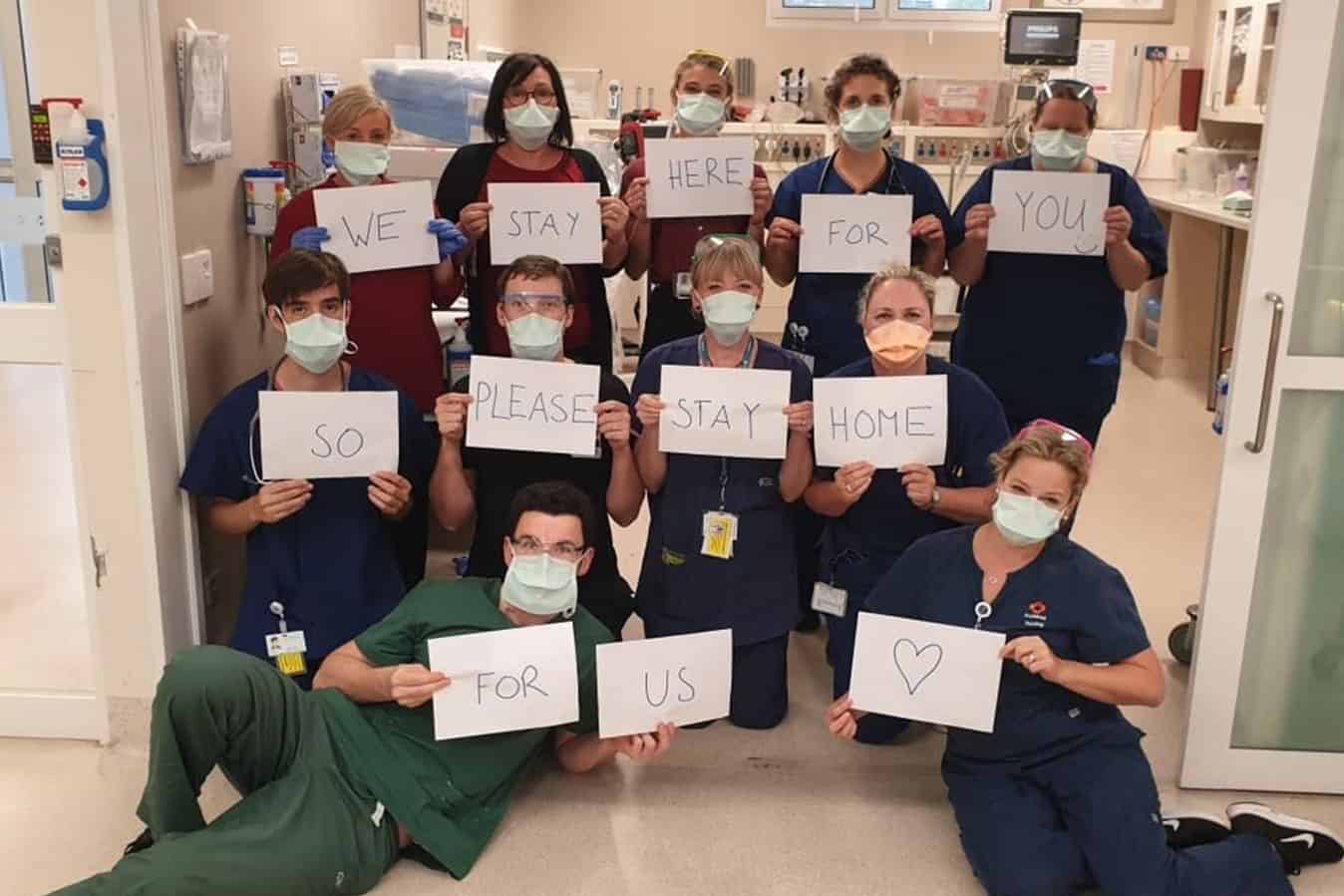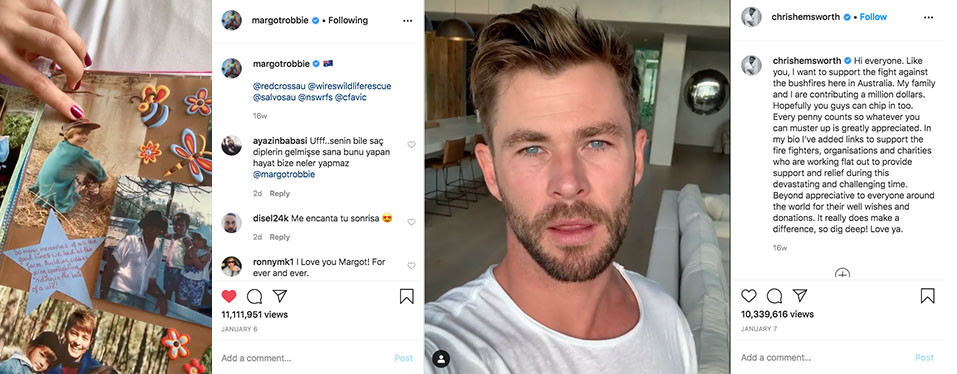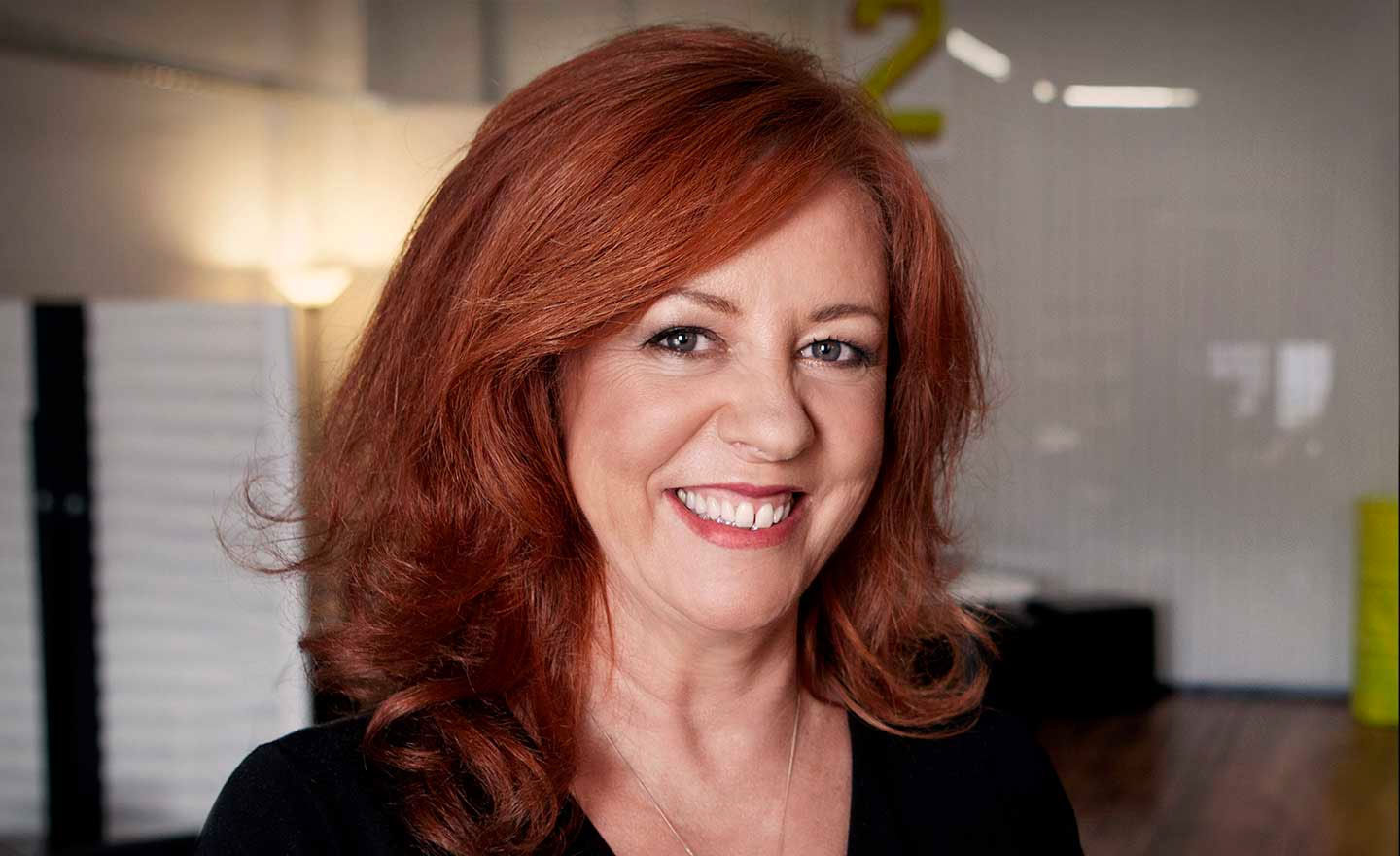We’re a month into the Australian lockdown and we’ve been fascinated, intrigued and entertained by the behaviours of people and business as they adapt to a brave new world.
This is our platform for sharing inspirational content to help you and your marketing thrive in the months ahead – welcome to Stories from the New Normal.
While we all want our life to go back to ‘normal’, the new normal is creating opportunities for humans to be far more altruistic.
So, why does it take a disaster or pandemic for empathy and kindness to come to the fore – you have to wonder if kindness is a human trait or a learnt skill?


What changes happen to human behaviour during these times? Sometimes our willingness to act kindly towards each other can be just a form of politeness due to our social norms. But when they disappear, we revert to almost animalistic urges – as seen in the recent toilet paper grabbing and hoarding.
Stanford psychology professor Jamil Zaki, PhD, author of the book The War for Kindness: Building Empathy in a Fractured World, says that rather than making people act more selfishly, disasters bring out the altruistic urge in all of us.
It seems we can all choose to become more empathic as seen in the current pandemic, and also in the recent Bushfires, because these events affect all of us, so there’s a sense of shared fate and then we form a sense of shared identity. These events seem to act as selfishness antidotes for our otherwise callous, dog-eat-dog instincts.
We witness this shared identity every year on Anzac Day when we pay our respects for the contribution and suffering to all those who have served.

Given this pandemic is affecting us all in a way never experienced in our lifetime, can its effects improve our empathy in a lasting way? Professor Zaki says “the literature on post-traumatic growth and on empathy as a skill both suggest that going through serious adversity can increase an individual’s empathy and prosocial behaviour even years afterward. What are the levers or particular strategies that we should employ to make sure that happens? There is almost too much to say. We’re living in an experiment. There’s no neat answer to this question, because, at least in our lifetime, we haven’t gone through collective adversity of this sort at this magnitude”.
“I think the length of this tragedy, the fact that we’re all stuck in this new normal together, gives us the opportunity to create shared bonds that could last for a really long time.”
– Professor Zaki
People thrive when they feel they’re part of something bigger, so when thinking about behaviour change for positive social outcomes, creating a movement or being part of a collective will form a shared identity and encourage the community to adopt change.
So, it seems disasters can make us dial up and practice our empathy skills, as you would have seen during the bushfires with a global outpouring of support.


Disasters also give us hope, our shared purpose drives the promise of a better tomorrow. In his seminal work on mass movements, The True Believer, Eric Hoffer describes what it takes: “Those who would transform a nation, or the world cannot do so by breeding and captaining discontent … or by coercing people into a new way of life. They must kindle an extravagant hope.”
What that extravagant hope translates to is the promise for a better tomorrow, and we see brands and organisations translating this in their own manifestations. Apple offers the promise of being more creative and creating a beautiful world. Nike offers the promise that if you have a body, you’re an athlete.
The key insight here is that all movements tap into specific human needs and psychological drivers of human behaviour. Brands and organisations can tap into these needs and behaviours to create movements around the promise of the better tomorrow that their audiences believe in. This is also known as a brand community – an enduring self-selected group of Actors sharing a system of values, standards and representations (a culture) and recognising bonds of membership with each other and with the whole. Brand communities are characterised in shared consciousness, rituals and traditions, and a sense of moral responsibility.
And of course, if we’re talking about the power within communities, we have to mention Greta Thunberg, the teenager who has succeeded in creating a global attitudinal shift, transforming vague anxieties into a worldwide movement calling for urgent change.
And finally, based on the notion of changing behaviours because we are part of a movement, Vic Health have produced this campaign ‘This Girl Can’ inspiring women to get active – however, wherever and whenever they choose, without being judged.
Disasters or even social problems can create a sense of shared fate and then we form a shared identity; resulting in humans practising their empathy and kindness skills. Let’s keep it going.
Together, we can drive social change. Work with us to engage your audience on their terms.

